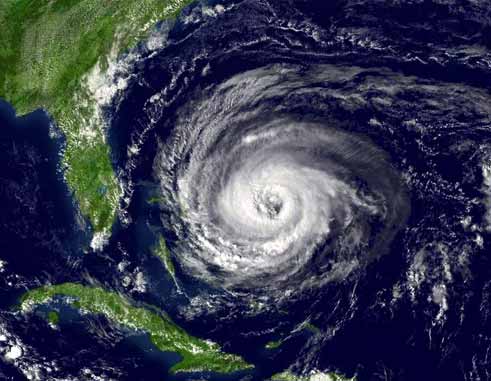JUST over a month ago, an unusual Atlantic disturbance turned into Hurricane Alex, making it the first hurricane of 2016 and only the second January hurricane on record since 1938.
Alex weakened and was downgraded to a tropical storm before it made landfall in the Azores, but was still an unexpected start to the year, leading many people to wonder what kind of hurricane season lies ahead.
While it’s too early for scientists and meteorologists to say with any certainty, they have been releasing long-range predictions since December, and the outlook appears to suggest a return to average conditions.
But with a strong El Niño currently in the Pacific, which some climate researchers and meteorologists believe to have peaked, the question now is how will it influence the Atlantic tropics in 2016 and how quickly will conditions shift to its opposite, La Niña?
The respected Colorado State University Department of Atmospheric Science tropical storm and hurricane forecast team of Klotzbach and Gray will issue their first official forecast in April, and have only provided a qualitative outlook for the 2016 hurricane season so far.
Klotzbach and Gray assess potential 2016 Atlantic hurricane activity based on the strength of the Atlantic Multi-Decadal Oscillation (AMO) and thermohaline circulation (THC) and the phase of the El Nino Southern Oscillation (ENSO).
Their long-range assessment gives the greatest chance, at 35 percent, that in 2016 the AMO/THC is above-average and some El Niño impacts remain, resulting in a seasonal average Accumulated Cyclone Energy (ACE) of 120.
That would indicate a 2016 hurricane season with around 12-15 named storms, 6-8 hurricanes and 2-3 major hurricanes, which is an average year typically.
The Colorado State team nevertheless gave the second highest chance, at 25 percent, that AMO/THC becomes above-average in 2016 and El Niño conditions dissipate, resulting in ACE of 170 for the 2016 hurricane season.
That would be above-average, indicating a chance of 14-17 named storms, 9-11 hurricanes and 4-5 major hurricanes.
Meanwhile, London-based Tropical Storm Risk (TSR), has predicted that the 2016 hurricane season will see activity 20 percent below the long-term average. They, too, stressed the uncertainty of a long-range forecast.














